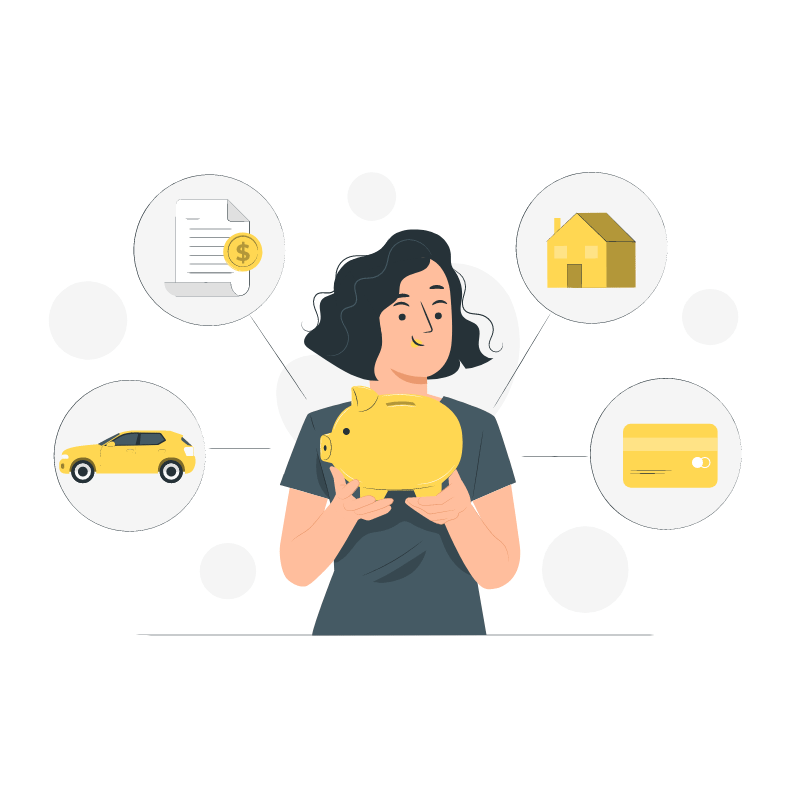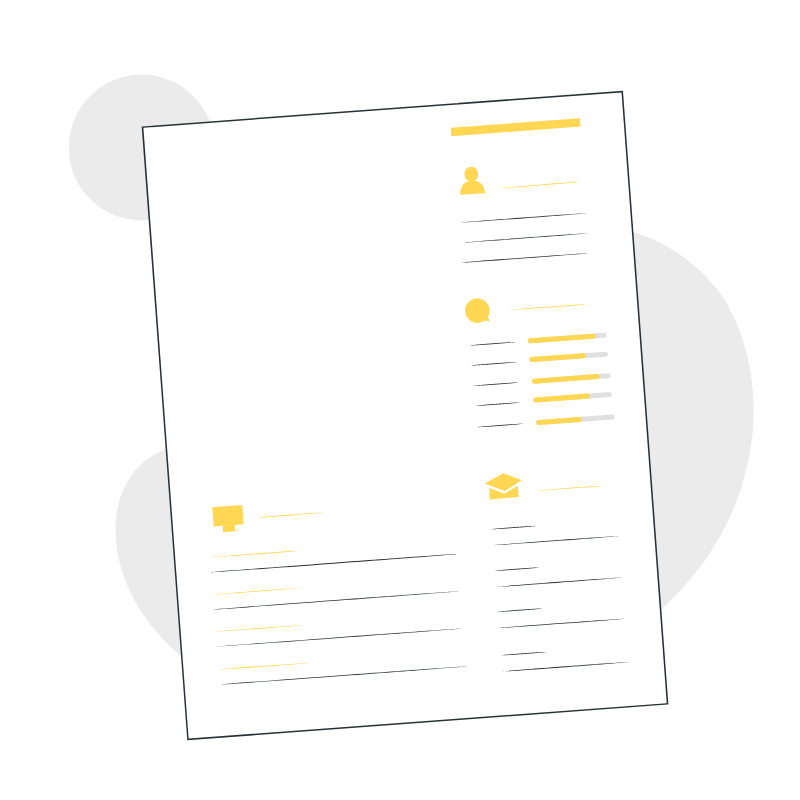

The People Involved
In the people-involved activity, you will talk about the people involved in the Reigersbos Facade Project. Also, you will describe their roles and resources. You will better understand the network of people and partners involved in the Reigersbos facade process. You will discuss how and when to communicate with whom, what is important for each of the people involved, and what you can expect from them. Understanding these aspects and discussing the different roles will make it easier for you to build social contracts and request collaboration from other parties. It is recommended to work in this activity with all the people involved in the project to ask them these questions directly.
For example, the social housing corporation Stadgenoot is represented by three parts: the communication team, the asset manager, and the VvE advisor. They all have different expectations, motivations, resources, and worries. By making a distinction within these categories, these differences become apparent. For instance, in the case of the owners, which owners have knowledge of technical matters, financial aspects, or social processes. This distinction also makes it easier to divide tasks and responsibilities.
With this activity, you will become familiar with the different needs of the people representing each organization. Moreover, you become more aware of yourself and your own organization or group; and you will get to know how others view you and your organization or group.
The elements of the people involved activity:
-
Cards that represent the different people and partners involved in the process.
-
A template for you to fill in your expectations, frustrations, worries, resources, motivations, and ways of interaction.
01

Illustration by Storyset
Define the different groups and fill in your card
You start by defining different groups within the people involved. For example, you could classify a segment of people involved as Active Owners; these are the owners who participate in the project’s meetings and want to be actively involved in the decision-making. You could later subdivide that group of Active Owners, for example, into the ones that know a lot about technical issues and the ones that know a lot about the process of the VvEs. Then, you can start thinking about specific people who make part of the different segments. You also make part of one of those segments and can start describing your interests, wantings, resources, etc.
02
What is important for whom
You will be asked to discuss your motivations and expectations. Others will also discuss theirs so that together you can align expectations and understand what you can expect from each other and what others need from the process. You will rethink and redefine the role of the people involved in the process.
It will be discussed how and when the team believes it is needed to communicate with each other. Arnstein’s (1969) ladder of citizen participation can be used so that you can determine in which degree of influence you and others would prefer to have. It is also practical to revise with the concepts of movers, floaters and blockers division alignment between the people involved in and affected by the project.

Illustration by Storyset

Illustration by Storyset
03
Worries or Frustrations
Here you will discuss your worries and frustrations. In the process, you will understand those of the other people involved. These worries and frustrations can influence the opinions and decisions of a particular group to avoid undesirable outcomes.
04
Resources
Here you will map the resources available and the qualities of the people involved to clarify what each person can contribute to the process.
For each step, you examine the capacities of the different people involved to determine where they can be involved in the processes. Also, you check what participation or communication tool the people involved prefer to use.
Some people have experience in certain topics related to facade renewals or energy transitions; others might have contacts with experts on specific issues. In this part of the exercise, you map how resources are divided within the Reigersbos network.

Illustration by Storyset
